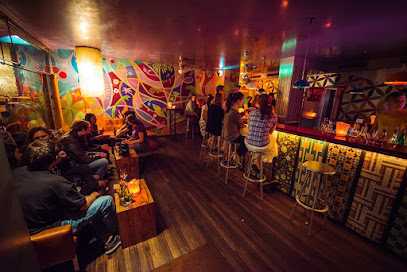
Nymphenburg Palace: A Bavarian Jewel
Discover the grandeur of Bavarian royalty at Nymphenburg Palace, a stunning Baroque palace with opulent interiors and sprawling gardens, offering a glimpse into a regal past.
Nymphenburg Palace, a sprawling Baroque masterpiece in Munich, served as the summer residence of Bavarian royalty. Commissioned in 1664, the palace boasts opulent interiors, including the famed Gallery of Beauties, and extensive gardens dotted with charming pavilions. Visitors can explore the palace's rich history, admire its stunning architecture, and wander through the expansive parklands, making it a must-see destination for history buffs and garden enthusiasts alike. The palace complex also houses the Marstallmuseum, showcasing a remarkable collection of royal carriages, and the Nymphenburg Porcelain Manufactory, renowned for its exquisite craftsmanship. Whether strolling along the grand canal or discovering hidden corners of the park, Nymphenburg Palace offers a captivating glimpse into Bavaria's regal past.
A brief summary to Nymphenburg Palace
- Schloß Nymphenburg 1, Munich, Neuhausen-Nymphenburg, 80638, DE
- +4989179080
- Visit website
Local tips
- Visit during the shoulder seasons (spring or fall) to avoid the peak summer crowds and enjoy pleasant weather for exploring the gardens.
- Purchase a combination ticket to access the palace interiors, Marstallmuseum, and park pavilions for a comprehensive experience.
- Allow ample time to explore the extensive palace park, including the various pavilions and hidden corners.
- Consider taking a guided tour to learn more about the palace's history and art from knowledgeable guides.
- Check the schedule for gondola rides on the central canal (available during the summer months) for a unique perspective of the palace.
Getting There
-
Public Transport
The easiest way to reach Nymphenburg Palace via public transport is by taking Tram line 17 to the 'Schloss Nymphenburg' stop, which is located directly in front of the palace. Tram 17 runs from Karlsplatz (Stachus) in Munich's city center. Alternatively, take the U-Bahn to Rotkreuzplatz and transfer to the tram. A single journey ticket (Einzelfahrkarte) for the inner district (Zone M) costs around €3.90. Holders of a Munich Card or Munich City Pass receive free or discounted travel and admission.
-
Taxi/Ride-Share
A taxi or ride-sharing service from Munich city center to Nymphenburg Palace takes approximately 15-20 minutes, depending on traffic. The estimated cost is between €20-€30. Drop-off is typically at the Nördliche Auffahrtsallee, near the main entrance.
-
Driving
If driving, follow signs to Schloss Nymphenburg. There are approximately 450 free parking spaces available for cars and 14 bus parking spaces. However, parking can be limited, especially during peak season. Consider arriving early or using public transport. Parking is located near the palace entrance off Nördliche Auffahrtsallee.
Discover more about Nymphenburg Palace
Iconic landmarks you can’t miss
Wappenhaus
3.3 km
Explore Wappenhaus, a hidden architectural treasure in Munich's Maxvorstadt, showcasing the city's rich history and cultural charm.
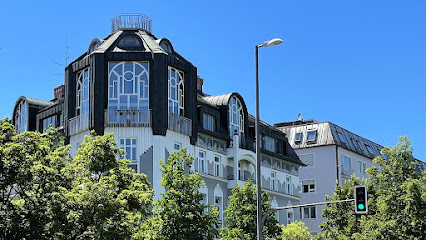
Karl-Stützel-Platz
4.7 km
Discover the tranquility of Karl-Stützel-Platz, a green oasis in Munich's Maxvorstadt, perfect for relaxation, picnics, and enjoying nature's beauty.
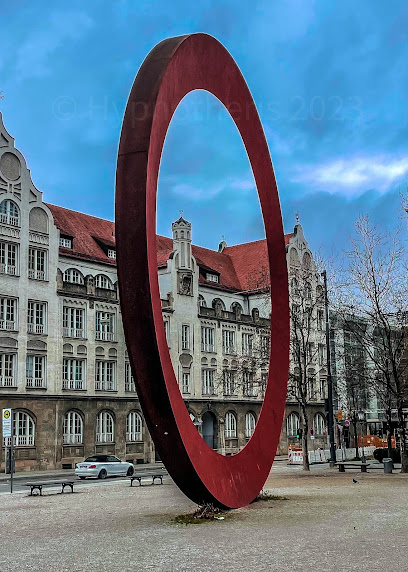
Königsplatz
4.8 km
Explore the grandeur of Königsplatz, Munich's iconic historical square surrounded by stunning neoclassical architecture and rich cultural heritage.
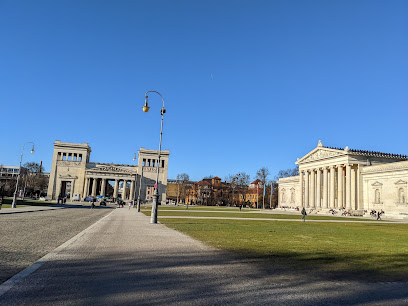
Glyptothek
4.8 km
Explore the Glyptothek in Munich, a premier art museum showcasing remarkable ancient sculptures and enriching cultural history.
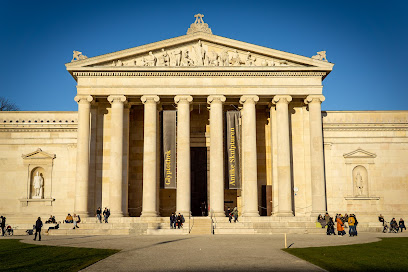
Alter Botanischer Garten
4.9 km
Explore the Alter Botanischer Garten in Munich, a lush botanical oasis brimming with diverse plant species and serene landscapes for nature lovers.
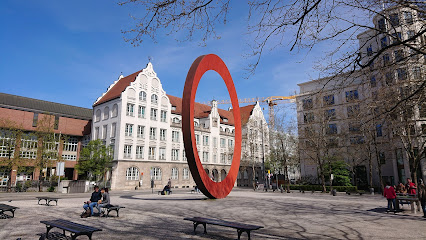
Gedenkstein an die erste Gleichstromfernübertragung
4.9 km
Explore the Gedenkstein an die erste Gleichstromfernübertragung, a historical monument in Munich celebrating the first long-distance direct current transmission.
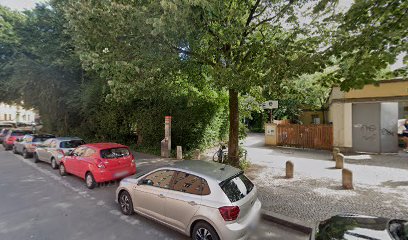
Munich Museum of Egyptian Art
5.0 km
Explore the fascinating world of ancient Egypt at the Munich Museum of Egyptian Art, where history comes alive with captivating exhibits and treasures.
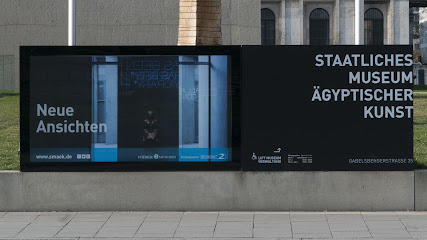
Obelisk im Luitpoldpark
5.0 km
Discover the Obelisk in Luitpoldpark: A Stunning Blend of History and Nature in Munich's Serene Oasis.
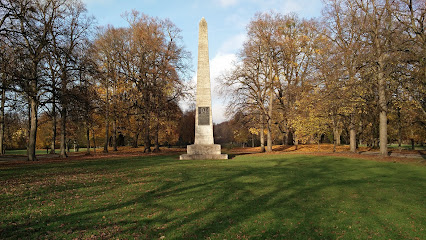
Pumucklbrunnen
5.0 km
Explore Pumucklbrunnen, Munich's whimsical fountain that brings folklore to life in the heart of Schwabing-West, a must-see for every tourist.
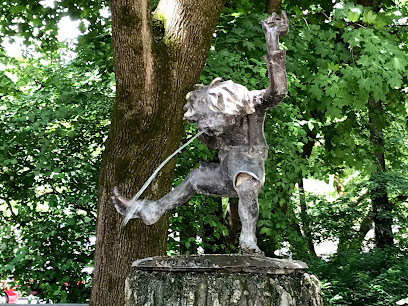
Gray Line Münchener Stadtrundfahrten
5.0 km
Experience Munich’s rich history and vibrant culture with Gray Line Münchener Stadtrundfahrten – your ultimate sightseeing tour agency.
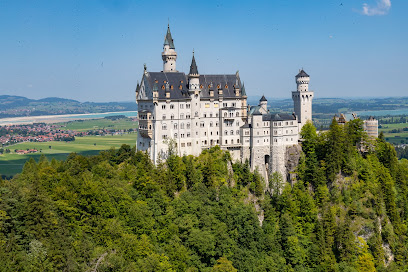
House of Werner Heisenberg
5.1 km
Visit the House of Werner Heisenberg, a key historical landmark in Munich celebrating the legacy of quantum mechanics and scientific innovation.
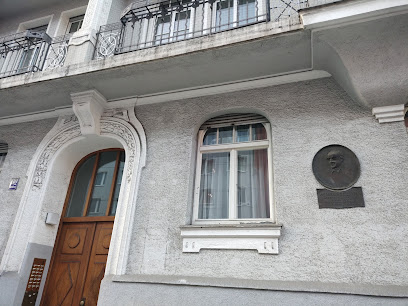
Alte Pinakothek
5.1 km
Discover the artistic magnificence of the Alte Pinakothek, Munich's premier art museum featuring masterpieces from the Renaissance to the Rococo era.
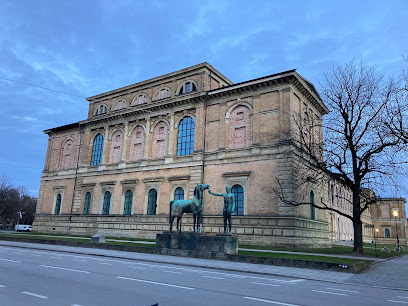
Karolinenpl.
5.1 km
Discover the serene beauty of Karolinenplatz in Munich's Maxvorstadt, where art, history, and culture blend seamlessly in a picturesque square.
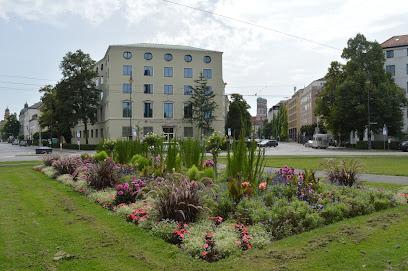
Obelisk von König Ludwig I
5.1 km
Discover the Obelisk von König Ludwig I, a majestic historical landmark in Munich, showcasing Bavarian heritage and artistic grandeur.
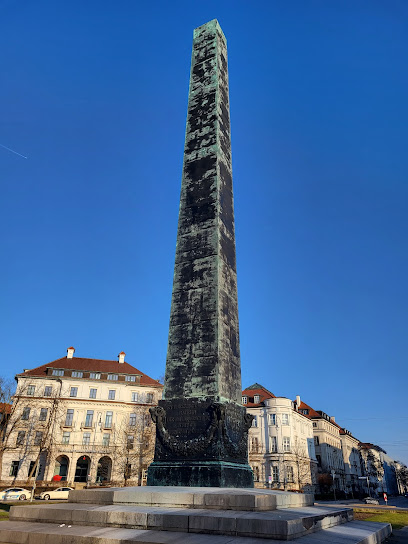
Karlsplatz 1
5.1 km
Experience the vibrant atmosphere of Karlsplatz in Munich, a perfect blend of history, culture, and modern life amidst stunning architecture.
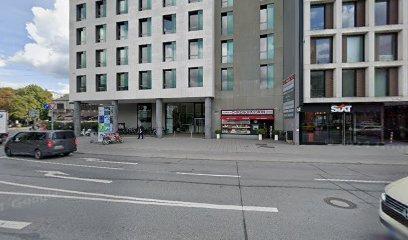
Unmissable attractions to see
Museum of Man and Nature
0.2 km
Discover the captivating interplay of nature and humanity at Munich's Museum of Man and Nature, where rich exhibits and engaging experiences await.
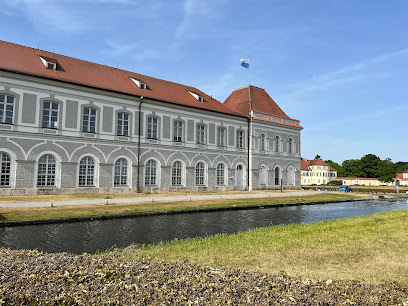
Marstal Museum at Nymphenburg Palace
0.2 km
Discover the Marstal Museum at Nymphenburg Palace, a tribute to Bavaria's royal history through exquisite carriages and artifacts.
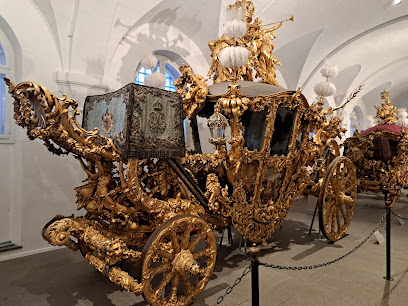
Schloss Nymphenburg Marstallmuseum
0.2 km
Explore the royal history of Bavaria at Schloss Nymphenburg Marstallmuseum in Munich, home to exquisite carriages and stunning palace gardens.
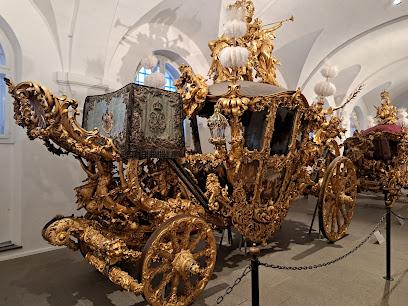
Amalienburg
0.3 km
Discover the elegance of Amalienburg, a Baroque hunting lodge in Munich's Nymphenburg Palace gardens, rich in history and architectural beauty.

Botanical Garden Munich-Nymphenburg
0.7 km
Discover the enchanting Botanical Garden Munich-Nymphenburg, a lush paradise showcasing diverse flora and serene landscapes in the heart of Munich.
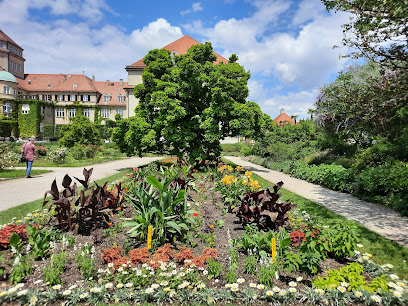
Schlosspark Nymphenburg
0.8 km
Explore the stunning Schlosspark Nymphenburg, a serene blend of nature and history in the heart of Munich, perfect for leisurely strolls and picturesque views.
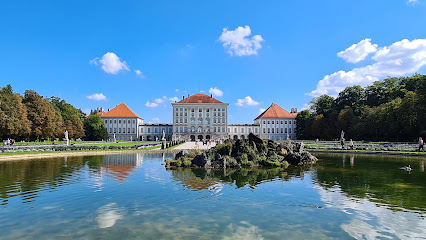
Pagodenburg
0.8 km
Explore the architectural beauty and serene gardens of Pagodenburg, a unique pavilion in Munich's stunning Nymphenburg Park.
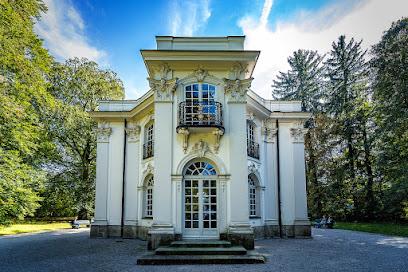
Blutenburg Castle
3.5 km
Discover the enchanting Blutenburg Castle in Munich, where history, stunning architecture, and exquisite dining come together in a picturesque setting.
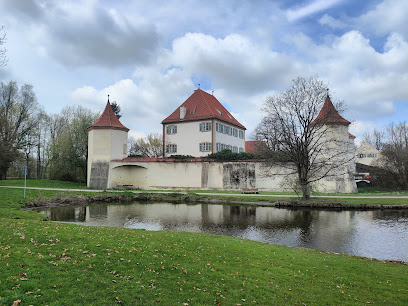
Augustiner-Bräu
3.6 km
Discover the heart of Bavarian brewing at Augustiner-Bräu, Munich's historic brewery, where tradition meets taste in every glass.
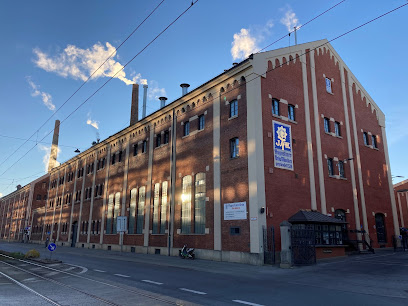
Munich Olympic Stadium
3.6 km
Explore the Munich Olympic Stadium, an architectural marvel and a vibrant venue for sports and cultural events in the heart of Munich.

Augustiner Bräustuben
3.8 km
Discover the authentic Bavarian experience at Augustiner Bräustuben, Munich's iconic brewpub serving traditional dishes and locally brewed beers.
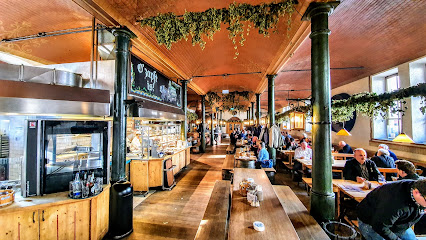
Olympia Hall
3.9 km
Discover Munich's Olympia Hall, a thrilling venue for concerts and events, steeped in history and modern vibrancy amid the scenic Olympiapark.
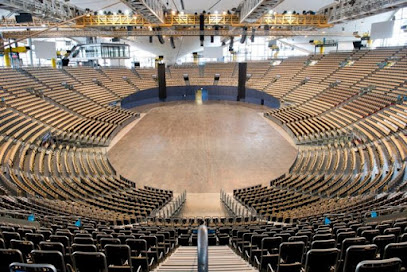
Augustiner-Keller
3.9 km
Discover the heart of Bavarian culture at Augustiner-Keller, Munich's iconic beer garden and restaurant offering authentic cuisine and local brews.

Endless Staircase
3.9 km
Experience the captivating Endless Staircase, an artistic marvel in Munich that blends sculpture and architecture in a unique and inspiring way.
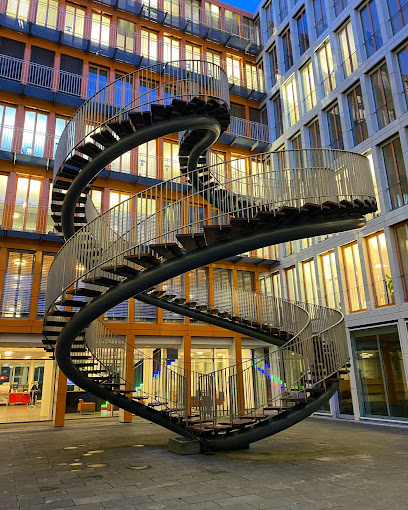
German Transport Museum
4.1 km
Discover the evolution of transportation at the German Transport Museum in Munich, featuring historic cars, trains, ships, and interactive exhibits.
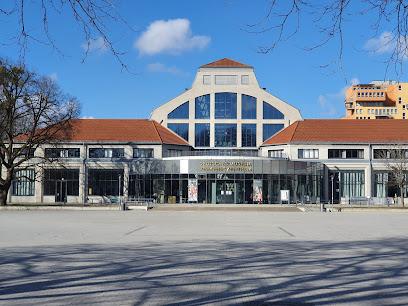
Essential places to dine
Ristorante Risotto
0.6 km
Experience authentic Italian fine dining at Ristorante Risotto in Munich with exquisite flavors and exceptional service.
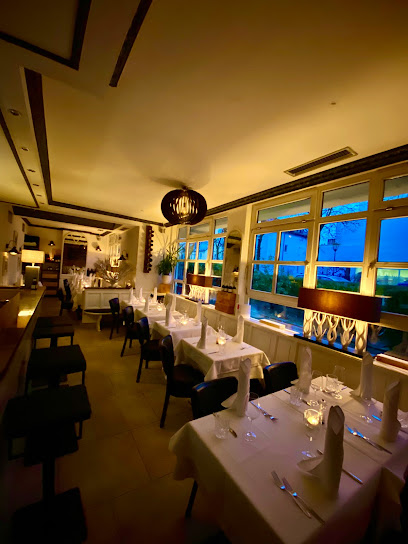
Restaurant & Weinhandel Broeding
2.5 km
Experience exquisite German cuisine paired with fine wines at Restaurant & Weinhandel Broeding in Munich's Neuhausen-Nymphenburg district.
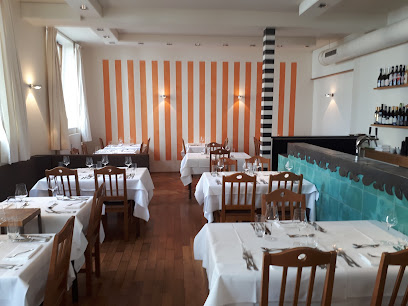
Restaurant Zauberberg München
2.8 km
Savor exquisite European cuisine at Restaurant Zauberberg in Munich, where every dish tells a story of flavor and creativity.
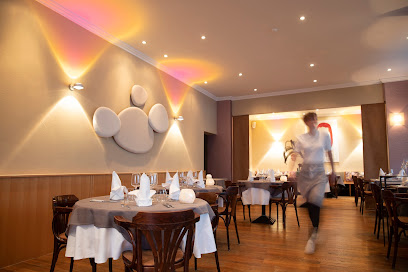
ESSENCE Restaurant
3.0 km
Discover exquisite fusion cuisine at ESSENCE Restaurant in Munich - where French culinary artistry meets modern innovation.
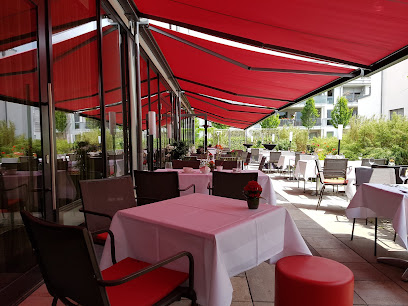
Servus Heidi
3.3 km
Savor the flavors of Bavaria at Servus Heidi – where tradition meets taste in the heart of Munich.
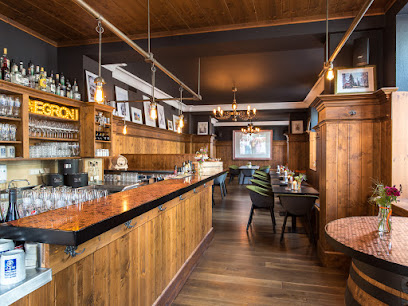
Restaurant Nymphenburger Hof
3.8 km
Experience exquisite Austrian and European cuisine at Restaurant Nymphenburger Hof in Munich's Maxvorstadt district.
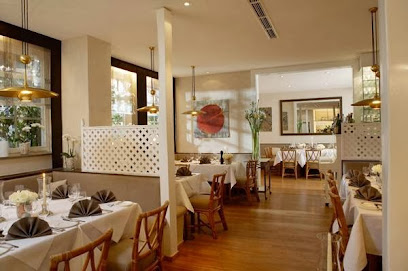
Restaurant 181
4.2 km
Experience exquisite Western cuisine with breathtaking views at Restaurant 181 in Munich - a culinary journey not to be missed.
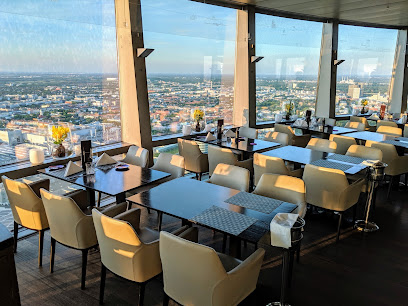
Das Bad
4.2 km
Experience the heart of Bavaria at Das Bad, where traditional flavors meet warm hospitality in the heart of Munich.
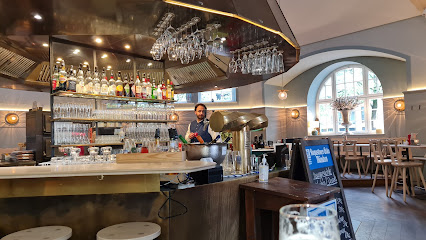
Görreshof Wirtshaus
4.4 km
Discover the essence of Bavaria at Görreshof Wirtshaus - where traditional flavors meet lively atmospheres in Munich's charming beer garden.
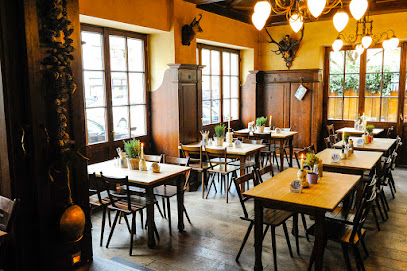
Ristorante VI VADI Cucina Italiana
4.5 km
Savor the essence of Italy at Ristorante VI VADI Cucina Italiana in Munich—where authentic flavors meet a warm ambiance.
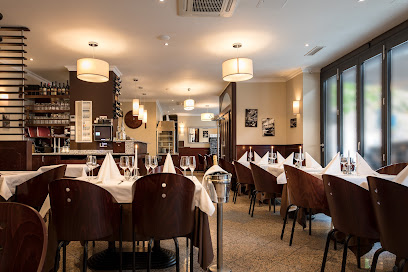
Wirtshaus Rechthaler Hof
4.5 km
Discover authentic Bavarian flavors at Wirtshaus Rechthaler Hof - a must-visit brewery restaurant in Munich's vibrant culinary scene.
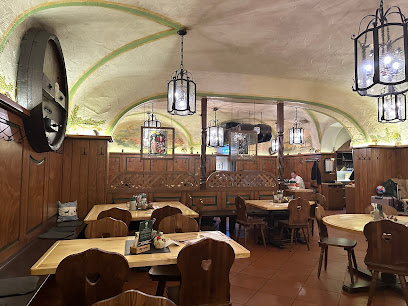
Wirtshaus Maxvorstadt
4.5 km
Savor authentic Bavarian flavors at Wirtshaus Maxvorstadt in Munich – where tradition meets modern dining.
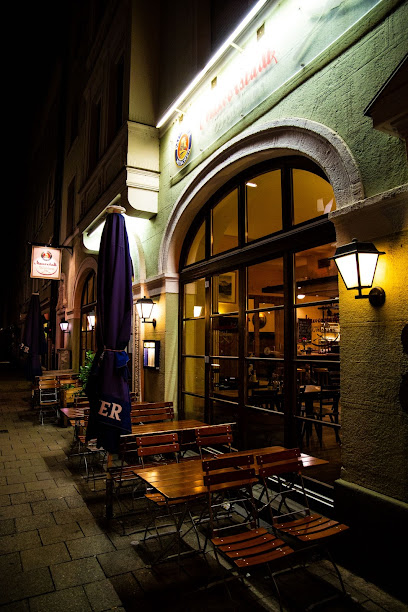
Gyoza Bar
4.5 km
Discover Gyoza Bar in Munich – your go-to destination for authentic Asian dumplings and delightful Chinese cuisine.
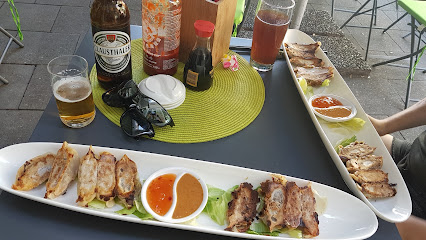
Wirtshaus Obacht Maxvorstadt
4.5 km
Experience authentic Bavarian cuisine at Wirtshaus Obacht Maxvorstadt, where tradition meets taste in the heart of Munich.
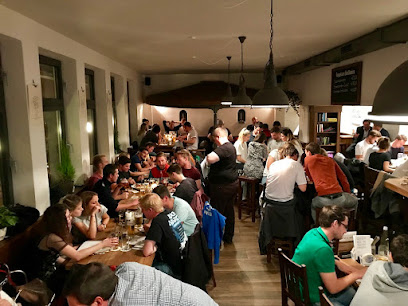
Steinheil 16
4.6 km
Experience authentic Bavarian cuisine at Steinheil 16 in Munich, where delicious food meets friendly service in a cozy atmosphere.
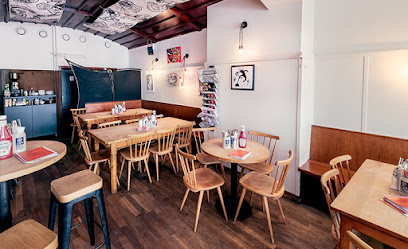
Markets, malls and hidden boutiques
Pasing Arcaden
3.2 km
Experience shopping and dining at Pasing Arcaden, Munich's premier shopping mall, featuring over 150 stores and diverse culinary options.
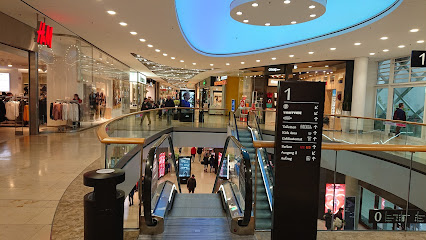
Olympia Shopping Center
3.5 km
Unleash your shopping potential at Munich's Olympia Shopping Center, where over 130 stores await to satisfy every shopping desire.
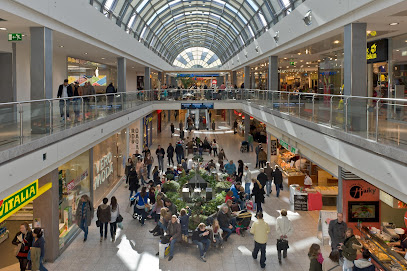
beGipsy Secondhand
4.3 km
Explore sustainable fashion at beGipsy Secondhand, Munich's hidden gem for unique vintage women's clothing and accessories.
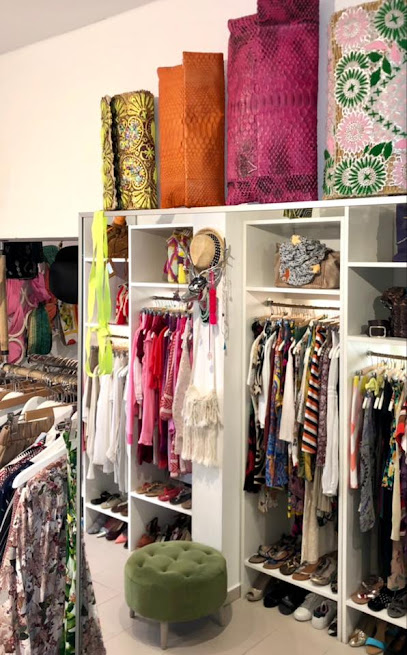
Kaufhaus München
4.5 km
Discover unique gifts and souvenirs at Kaufhaus München, the quintessential shop for travelers seeking a slice of Munich's charm.
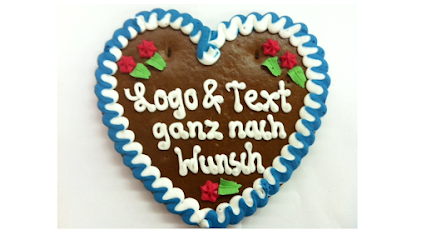
treibholz - Fashion Store Munich
4.7 km
Explore Treibholz, Munich's unique fashion store offering eclectic styles that capture the city's vibrant culture and creativity.
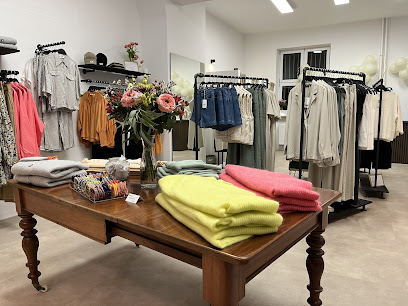
Butlers
5.0 km
Explore Butlers in Munich for exquisite gifts and stylish home goods that capture the essence of German craftsmanship and design.
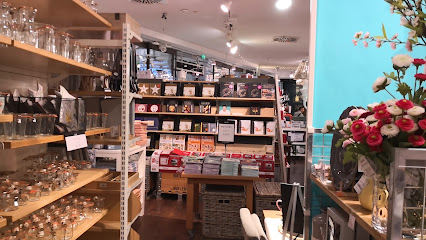
Stachus Passagen
5.0 km
Discover Stachus Passagen, Munich's vibrant shopping mall filled with top brands, delicious dining, and cultural experiences for every traveler.
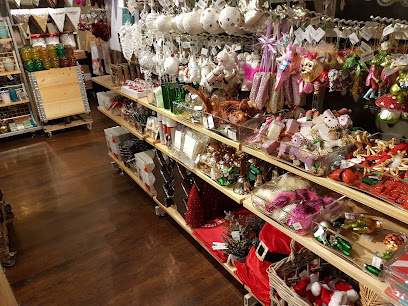
Shop
5.1 km
Discover the vibrant shopping scene in Schwabing-West, Munich, filled with unique boutiques and local culture, perfect for every traveler.
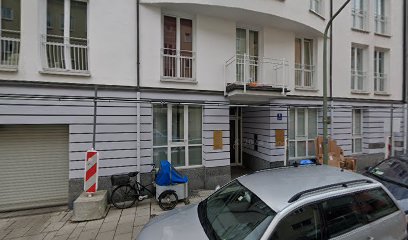
Oberpollinger
5.2 km
Discover luxury and local gems at Oberpollinger, Munich's premier department store, where shopping meets Bavarian charm and exquisite taste.
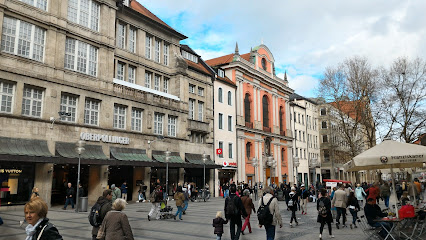
Montblanc Boutique Munich Oberpollinger
5.3 km
Discover luxury and craftsmanship at the Montblanc Boutique in Munich, offering exquisite leather goods, elegant watches, and timeless stationery.
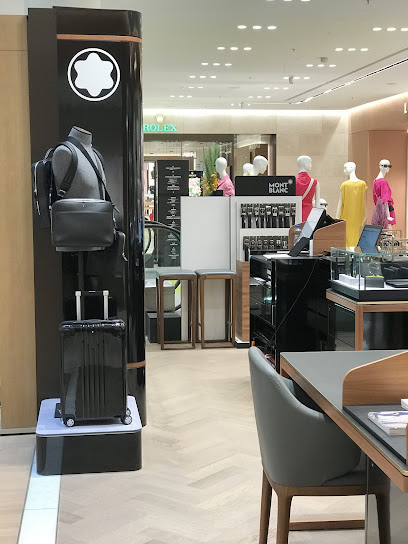
LFDY Store München
5.3 km
Discover trendy apparel and unique styles at LFDY Store München, a fashion hotspot in the heart of Munich's vibrant Ludwigsvorstadt-Isarvorstadt district.
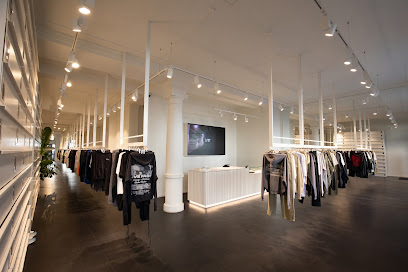
Munich Village Fashion Outlet
5.3 km
Explore the stylish Munich Village Fashion Outlet for a diverse range of clothing and unique fashion finds in the heart of Munich.
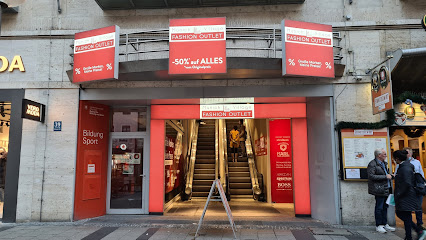
FRIEDE + STERN gifts, goods and more
5.3 km
Explore the charm of FRIEDE + STERN, Munich's unique gift shop offering a curated selection of local treasures and distinctive souvenirs.
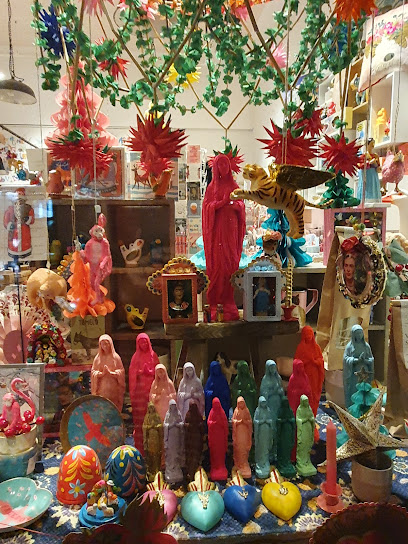
iki M. ORGANIC FAIRFASHION & SECONDHAND VINTAGE
5.3 km
Explore sustainable fashion at iki M. in Munich, your destination for organic and secondhand women's clothing and unique accessories.
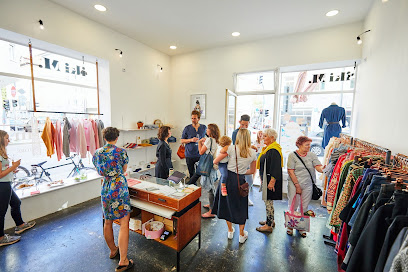
FAMOUS Exclusive Designer Outlet
5.4 km
Discover luxury fashion at unbeatable prices in Munich's FAMOUS Exclusive Designer Outlet, where elegance meets savings!
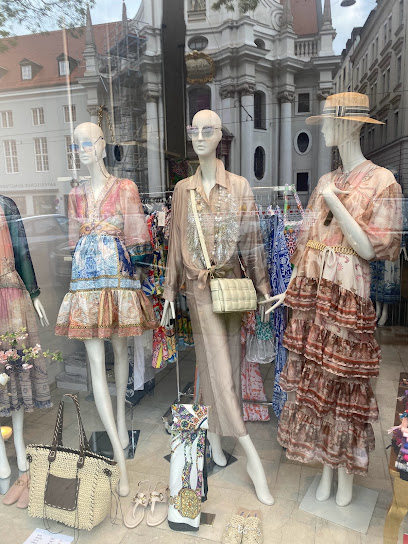
Essential bars & hidden hideouts
Gorilla Bar
2.4 km
Discover the vibrant nightlife at Gorilla Bar, Munich's lively cocktail haven known for its exquisite drinks and electrifying atmosphere.
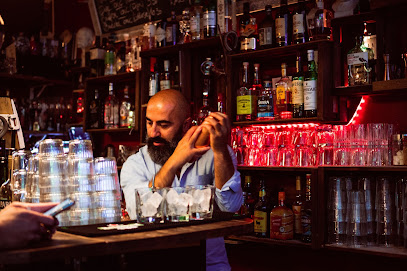
The Hood Bar
2.6 km
Experience the vibrant nightlife of Munich at The Hood Bar, where eclectic music and a lively atmosphere create unforgettable evenings.
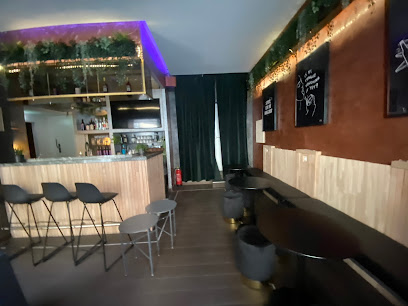
Peaches Neuhausen
2.7 km
Experience the vibrant atmosphere and diverse menu at Peaches Neuhausen, a must-visit bar and restaurant in Munich's charming Neuhausen-Nymphenburg district.
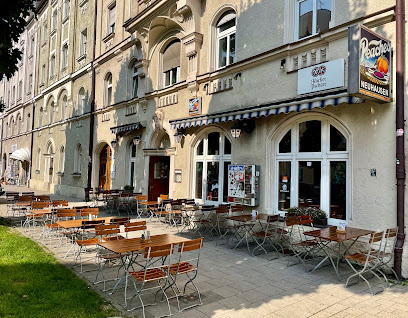
Snake's Cocktail Bar
3.9 km
Enjoy innovative cocktails and a vibrant atmosphere at Snake's Cocktail Bar in Munich, a must-visit hotspot for nightlife lovers.
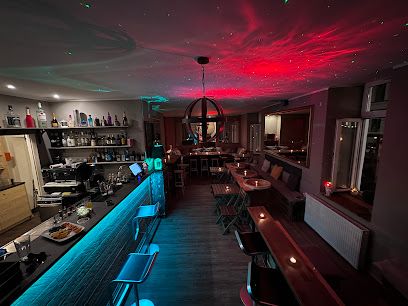
Kongress Bar
4.2 km
Discover the vibrant Kongress Bar in Munich, where live jazz meets delicious cocktails in a charming 50s/60s atmosphere.
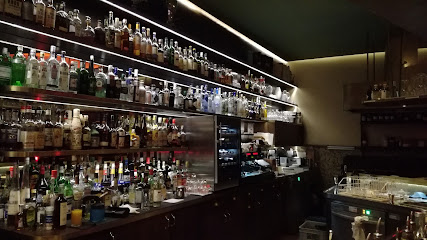
RAW Metal Bar
4.3 km
Experience Munich's vibrant nightlife at RAW Metal Bar, where affordable drinks and a lively atmosphere await you.

Cafe Bar Shakespeare
4.3 km
Experience the vibrant atmosphere and exquisite cocktails at Cafe Bar Shakespeare in Munich's lively Maxvorstadt district.
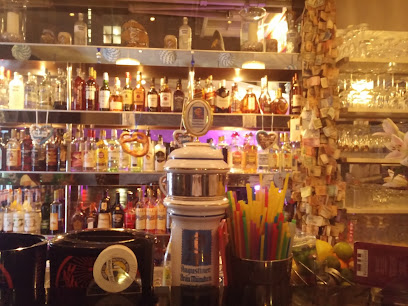
Koli's Bar
4.3 km
Experience the vibrant nightlife of Munich at Koli's Bar, where creative cocktails meet a lively atmosphere in the heart of the city.
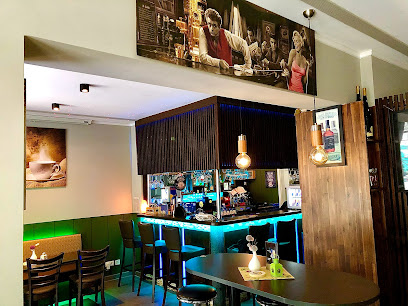
Bei Otto
4.5 km
Experience Bavarian hospitality at Bei Otto, a charming pub in Munich's Maxvorstadt, renowned for its authentic atmosphere and delicious local cuisine.
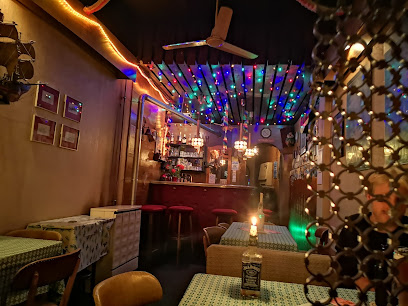
ISARBAR - Hotelbar & Lounge
4.5 km
ISARBAR in Munich: A sophisticated bar and lounge offering exquisite cocktails and a chic atmosphere, perfect for unwinding after exploring the city.
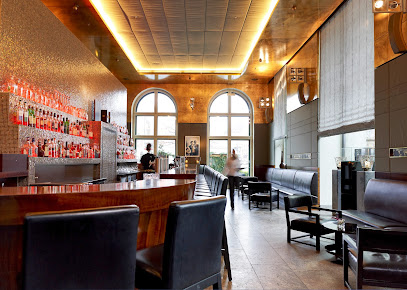
WXYZ Bar München
4.7 km
Experience the vibrant nightlife at WXYZ Bar München with live music, great drinks, and an unforgettable atmosphere in the heart of the city.
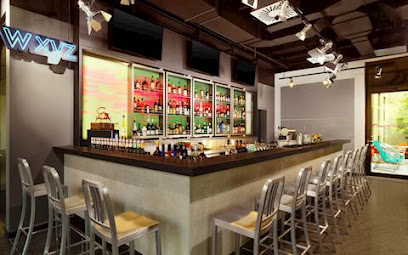
Bar Gabányi
4.9 km
Experience the elegance of Bar Gabányi, where exquisite cocktails meet Munich's vibrant nightlife for an unforgettable evening.
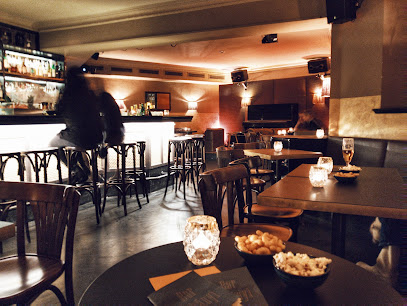
Ungewitter
5.2 km
Discover the vibrant nightlife of Munich at Ungewitter, where great drinks and a lively atmosphere await you.
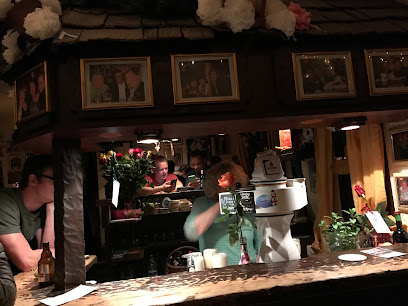
Fox Bar
5.3 km
Experience Munich's nightlife at Fox Bar, a vibrant spot offering craft cocktails and a lively atmosphere in the heart of Maxvorstadt.
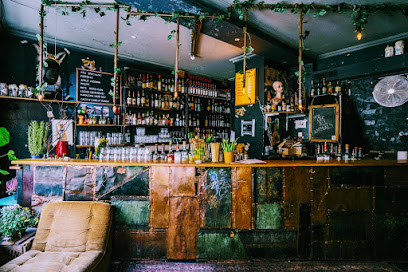
Vega Bar
5.3 km
Experience the vibrant nightlife of Munich at Vega Bar, where expertly crafted cocktails and a lively atmosphere await you.
